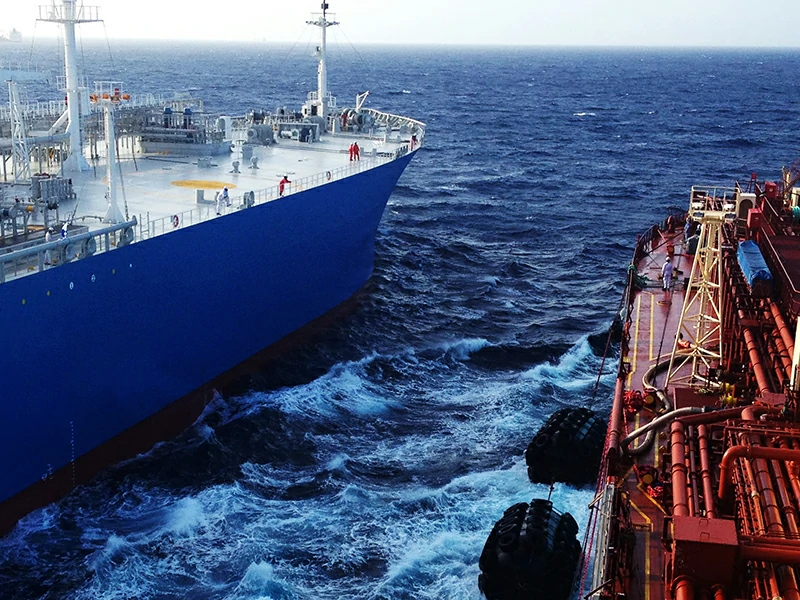Types of Marine Fenders: Choosing the Right Protection
04/22/2025Salvage Airbags: Lifting Heavy Objects Underwater
04/24/2025Ship-to-Ship (STS) Transfer Operations


Ship-to-ship transfer involves moving cargo, fuel, or equipment between two vessels at sea or in port. Here’s a concise guide:
Key Steps
- Pre-Transfer Prep
- Assess weather, sea conditions, and vessel stability.
- Align ships using tugs or dynamic positioning systems.
- Secure cargo gear and inspect communication systems.
- Execution
- Use cranes, conveyor belts, or flexible hoses for cargo transfer.
- Maintain synchronized positioning to avoid collisions.
- Monitor fuel/transfer rates to prevent overloading.
- Safety Measures
- Assign a spotter to oversee operations.
- Follow SOLAS (Safety of Life at Sea) guidelines.
- Prepare emergency plans for spills or equipment failure.
Common Applications
- Cargo: Grain, oil, containers.
- Fuel: Bunkering (refueling at sea).
- Specialized: Subsea equipment, offshore wind components.
Challenges
- Weather disruptions (wave height >1.5m often halts ops).
- Coordination between crews and tug teams.
- Regulatory compliance (e.g., MARPOL for pollution control).
Pro Tip: Always conduct a pre-transfer briefing and document all steps for liability.
